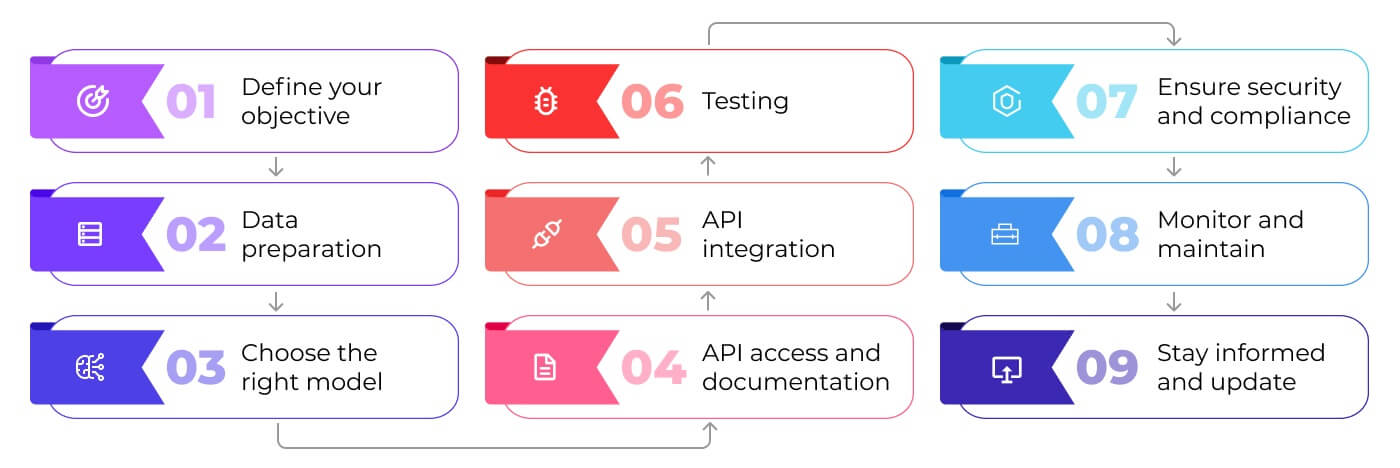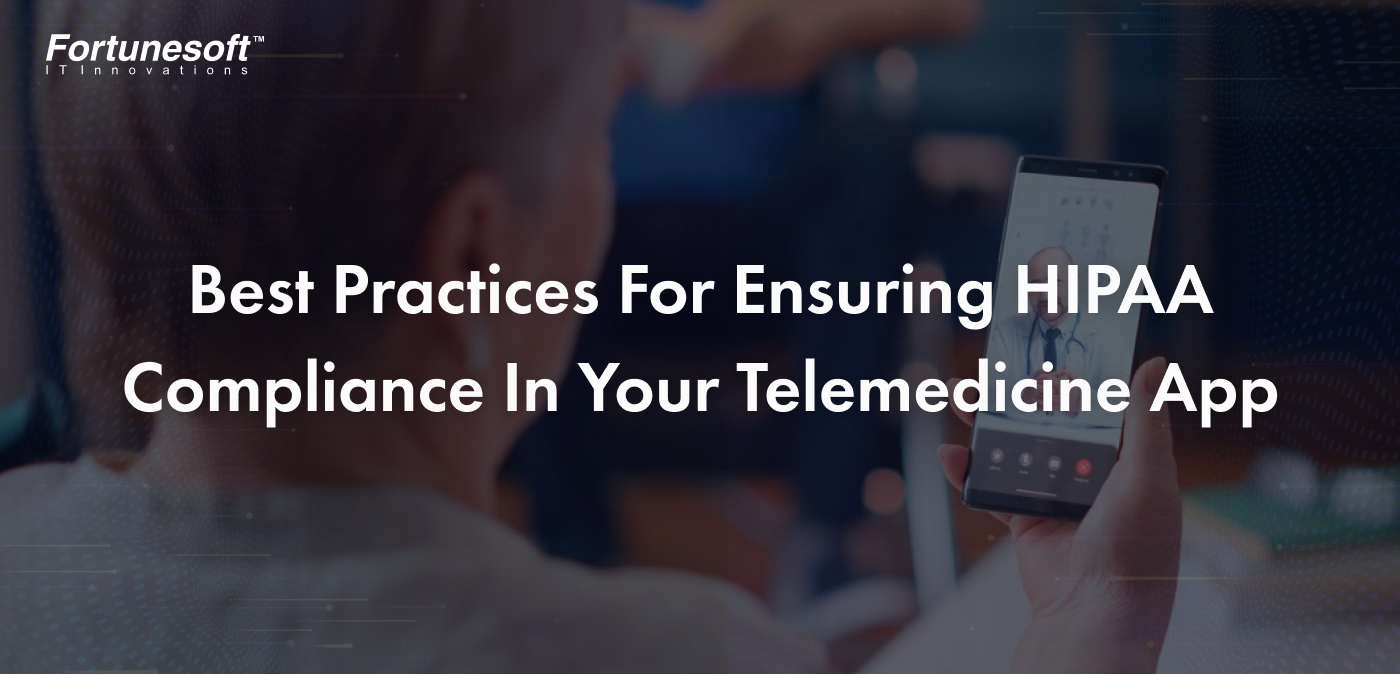 By Jophin
November 30, 2023
3 min read
By Jophin
November 30, 2023
3 min read
Unlocking the power of OpenAI integration – A guide to successful integration
In recent years, we have seen many ideal changes in software product development approaches, optimization, architecture design, API creation, and the way businesses operate, thanks to AI solutions. Artificial intelligence is a prominent tech trend and businesses from various industries are expressing strong interest in integrating AI for their products to deliver a quick response and unparalleled customer experience.
Business owners and startups in Singapore already started to enable AI-powered solutions to enhance customer interactions. To become a successful Singapore business player in this cutthroat business arena, businesses are constantly seeking innovative solutions to stay ahead of the curve. One such breakthrough is the integration of OpenAI, a powerful artificial intelligence platform.
OpenAI integration has been the talk of the IT business town since December 2022. By harnessing the power of OpenAI, you can enhance user experience and accomplish your goals rapidly. This guide aims to provide a comprehensive overview of OpenAI integration, exploring the process, and business benefits, and offering valuable insights for a successful implementation.
Let us initiate this guide with an overview.
OpenAI Integration – An Overview
OpenAI integration refers to the incorporation of advanced artificial intelligence (AI) technologies of OpenAI, such as GPT-3, into various applications, systems, or business processes. OpenAI is a prominent AI-powered platform, which earned the best name globally by offering a wide range of sophisticated models and tools that enable businesses to harness the power of machine learning. One of the well-known models from OpenAI is GPT-3. It is pre-trained on vast datasets, which makes them capable of understanding and generating human-like text.
OpenAI provides an API (Application Programming Interface) that allows your software development team to seamlessly integrate its powerful AI models into the software. Through OpenAI integration, businesses can leverage the full potential of OpenAI for performing multiple tasks instantly, like natural language processing, content generation, and data analysis. This enables the automation of repetitive tasks, enhances customer interactions, and provides valuable insights for making informed decisions.
Furthermore, OpenAI integration empowers businesses to stay at the forefront of technological innovation. Therefore, business owners can improve efficiency, foster creativity, and gain a competitive edge in the digital space.
How to integrate OpenAI into a business model?
Integrating OpenAI into a business model involves a systematic approach to leverage its powerful artificial intelligence capabilities effectively.
Here’s a step-by-step guide to facilitate the integration process.
1. Define your objective
Defining your goals is the foremost step that you must consider for successful integration. Clearly articulate the objectives of integrating OpenAI into your business model. Identify specific use cases where AI can add value, whether automating customer interactions, content generation, data analysis, or other applications. Understanding your goals will guide the entire integration process.
2. Data Preparation
Secondly, you need to ensure that your data is well-prepared and relevant to the tasks you want OpenAI to perform. Structured data enhances the performance and accuracy of AI models. Preprocessing steps may include data cleaning, normalization, and organizing data sets to align with the requirements of the chosen OpenAI model.
3. Choose the right model
In this phase, you need to select the most suitable OpenAI model based on your defined objectives and use cases. Consider factors such as the complexity of the task, desired output, and resources required. Currently, OpenAI provides various models. Therefore, choosing the right one is crucial for the success of the integration.
4. API access and documentation
Obtain access to the API of OpenAI, which is essential for integrating its models into your application or system. On the other hand, you must review the API documentation provided by OpenAI. Understanding the API endpoints, input formats, and response structures is critical for effective communication with the platform.
5. API integration
Integrate API into your application according to the guidelines outlined in the OpenAI documentation. This involves sending requests to the API, specifying the input data, and processing the output of the model. Besides, make sure that your integration is secure and consider implementing error-handling mechanisms to manage unexpected situations.
6. Testing
Rigorously test the integrated OpenAI system in a controlled environment. Evaluate its performance against predefined metrics and use cases. Iterate on the integration based on testing results, which addresses any issues that may arise. This step is crucial for refining the integration and providing optimal performance.
7. Ensure security and compliance
Prioritize the security of your OpenAI integration. Implement encryption, secure communication protocols, and access controls to protect sensitive data. Additionally, consider compliance with relevant regulations if your business operates in highly regulated industries.
8. Monitor and maintain
Once the integration is live, establish a robust monitoring system to track the performance of the OpenAI model in real-world scenarios. Monitor for any deviations from expected behavior and implement maintenance protocols to address evolving business needs and potential changes.
9. Stay informed and update
The field of Artificial Intelligence is dynamic, and OpenAI regularly releases updates and improvements. So, as a business owner, you need to stay updated on the latest developments and best practices. Regularly update your integration to leverage new features and enhancements provided by OpenAI.
By following these steps, businesses can successfully integrate OpenAI into their models or applications. Next, let us see.
Business benefits of OpenAI integration
The integration of OpenAI into your business product or service brings a cluster of benefits in several ways.

Here is an in-depth exploration of the business advantages that arise from incorporating OpenAI’s advanced artificial intelligence tools.
1. Enhanced efficiency
OpenAI integration leads to significant improvements in operational efficiency by automating repetitive and time-consuming tasks. The powerful model of OpenAI – GPT-3, can handle diverse tasks, by allowing businesses to streamline workflows.
2. Personalized customer experience
One of the standout benefits of OpenAI integration is enhancing customer interactions. By leveraging natural language processing capabilities, you can deploy AI-driven chatbots and virtual assistants that provide personalized experiences.
3. Data analysis and insights
AI models of OpenAI excel in data analysis, which helps you to derive meaningful insights from vast datasets. Whether it’s analyzing customer behavior, market trends, or performance metrics, OpenAI integration facilitates data-driven decision-making.
4. Content generation
Every business owner and CXO of the company knows that content creation is a time-consuming task that often requires significant human resources. OpenAI integration reshapes this process by automating content generation for various purposes, including marketing, social media, and internal communications.
5. Improved customer support
Integrating OpenAI can significantly enhance the efficiency and responsiveness of support teams. AI-powered chatbots can handle routine queries, which helps to provide instant responses. This not only improves response times but also contributes to a more satisfying customer support experience.
6. Cost savings
By automating tasks through OpenAI integration, businesses can achieve substantial cost savings. It will be beneficial for businesses looking to maximize their resources while improving service quality.
7. Accelerated innovation
OpenAI integration encourages innovation by providing businesses with access to state-of-the-art AI capabilities. This enables the development of applications, products, and services that may not have been possible without advanced AI technologies.
8. Scalability
It is designed to scale and handle varying workloads and demands. Whether it’s processing a large volume of data or managing dynamic customer interactions, OpenAI integration provides scalability to meet the evolving needs of businesses without compromising performance.
These are the notable business benefits of OpenAI integration which are diverse and impactful.
Final thoughts
Incorporating OpenAI into your business application is not just about adopting cutting-edge technology; it’s about embracing a transformative force that can reshape the way your business operates. As you embark on the journey of OpenAI integration, stay informed about updates and advancements. Also, be prepared to adapt to the evolving landscape of artificial intelligence.
With the right approach, OpenAI integration can propel your business into a future where innovation knows no bounds. To perfectly integrate OpenAI models into your product or service and make them work flawlessly, you might require well-experienced AI developers from a reputed firm in Singapore.
If you are a business owner searching for the best technical partner in Singapore for a successful OpenAI integration, you are at the correct destination. You can employ talented AI developers from Fortunesoft. We are the leading OpenAI development company in Singapore. We have a dedicated AI development team for scaling your product by integrating the latest AI-powered technologies into your product or service.
Author Bio


 Facebook
Facebook Whatsapp
Whatsapp LinkedIn
LinkedIn Pinterest
Pinterest Email
Email









 Start Chat
Start Chat